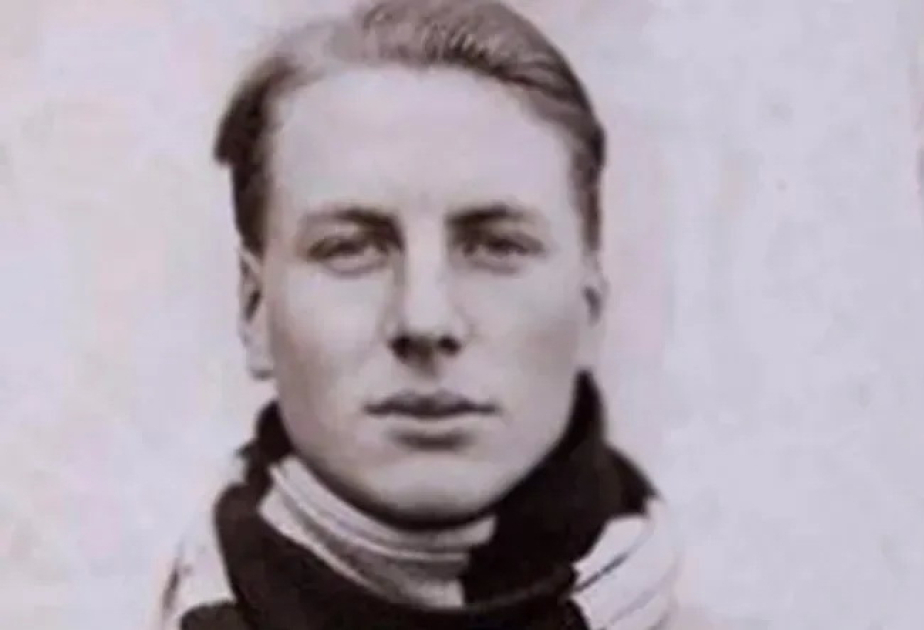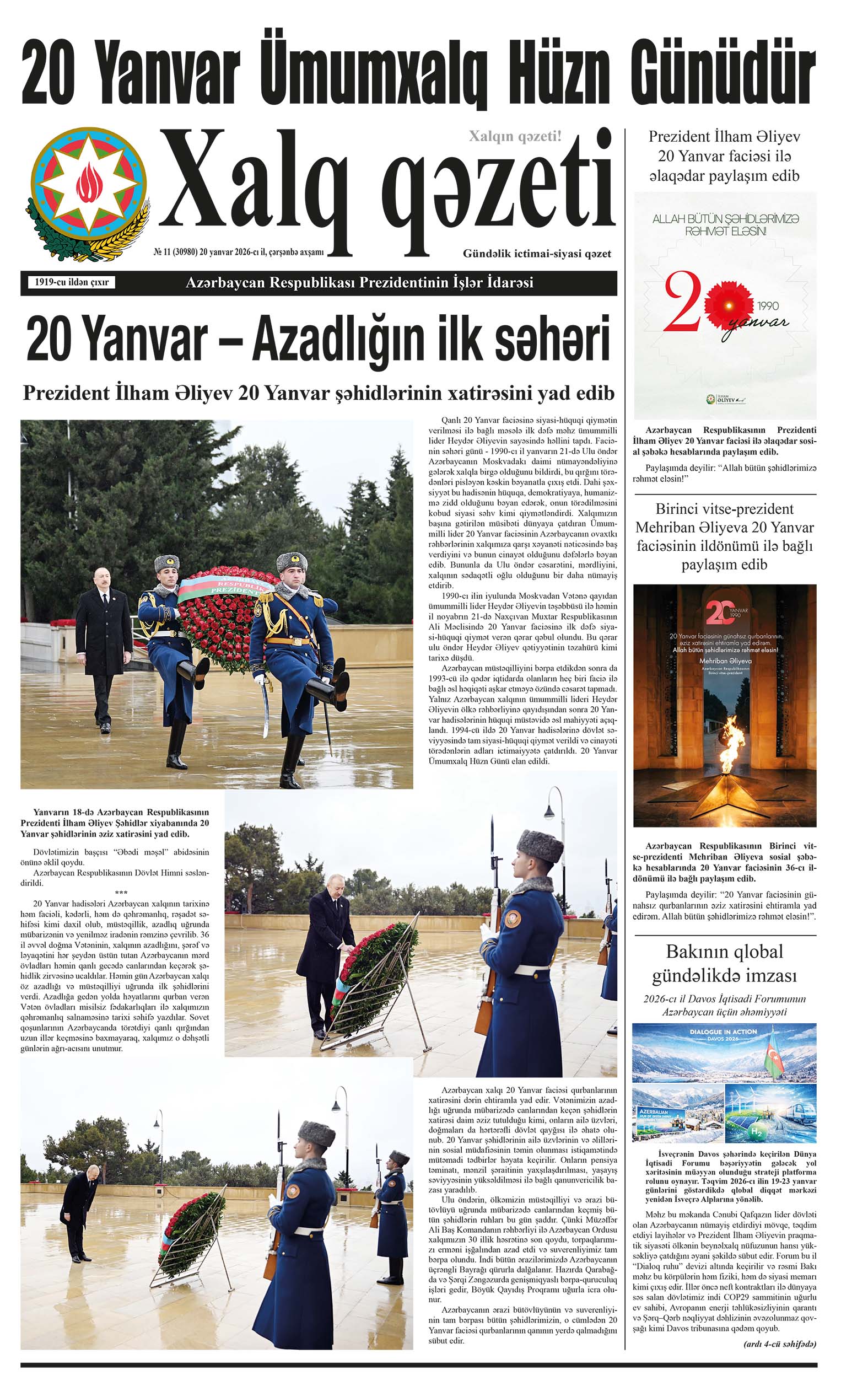The discovery, made by a National Geographic team 100 years after the mountaineer vanished with George Mallory, could add new clues to one of the great unsolved adventure mysteries of all time, according to the official website of the National Geographic.
When they spotted it, there was no mistaking what they were looking at: a boot melting out of the ice. As they drew closer, they could tell the cracked leather was old and worn, and the sole was studded and bracketed with the diamond-patterned steel hobnails of a bygone era of climbing.
In September, on the broad expanse of the Central Rongbuk Glacier, below the north face of Mount Everest, a National Geographic documentary team that included the photographer and director Jimmy Chin, along with filmmakers and climbers Erich Roepke and Mark Fisher, examined the boot more closely. Inside, they discovered a foot, remains that they instantly recognized as belonging to Andrew Comyn Irvine, or Sandy, as he was known, who vanished 100 years ago with the famed climber George Mallory.
“I lifted up the sock,” Chin says, describing the moment, “and there’s a red label that has A.C. IRVINE stitched into it.” Chin says he and his companions recognized the significance of the moment in unison. “We were all literally running in circles dropping F-bombs.”
Irvine and Mallory were last seen on June 8, 1924, while attempting to become the first people to reach the top of the world’s highest peak. The question of whether they had summited has endured as the greatest climbing mystery of all time. If Irvine and Mallory succeeded, their feat would have come some 29 years before Tenzing Norgay and Edmund Hillary finally reached the top of Everest.
Mallory’s remains were located in 1999, while the whereabouts of Irvine’s were unknown. “It's the first real evidence of where Sandy ended up,” says Chin of the discovery. “A lot of theories have been put out there.” He hopes the discovery helps explain what happened on the mountain in 1924, and brings some closure to Irvine’s relatives who revere him still. “When someone disappears and there’s no evidence of what happened to them, it can be really challenging for families. And just having some definitive information of where Sandy might’ve ended up is certainly [helpful], and also a big clue for the climbing community as to what happened.”
One of Chin’s first calls to share the news was to Irvine’s great-niece Julie Summers, 64, who wrote a 2001 biography of Irvine and has championed his contributions to mountaineering for years. She was grateful for the news. “It’s an object that belonged to him and has a bit of him in it,” she says of the boot. “It tells the whole story about what probably happened.” Summers suspects that the remains were swept down the mountain by avalanches and crushed by the moving glacier. “I'm regarding it as something close to closure.” Members of the family have volunteered to share DNA samples to compare with the remains in order to confirm their identity.

















